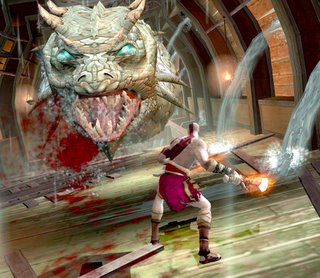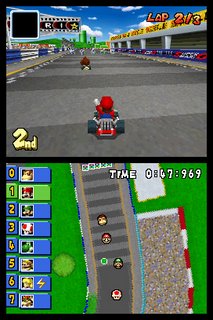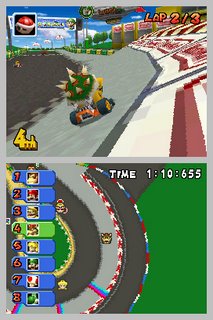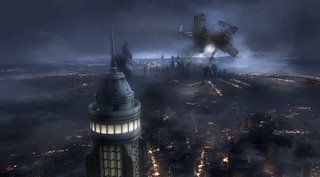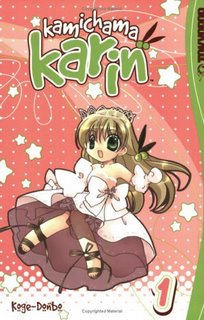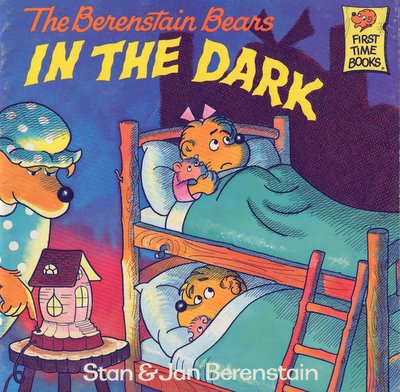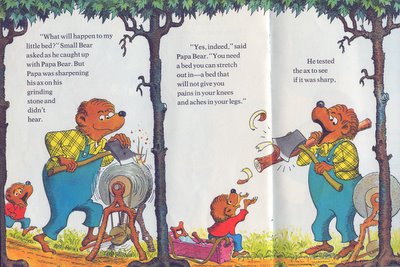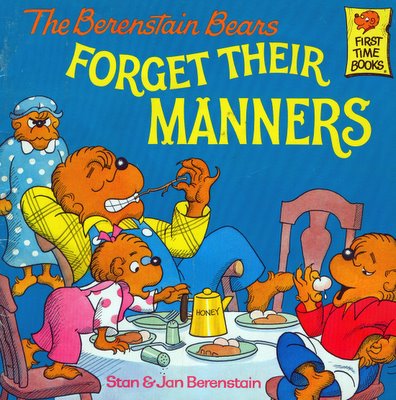Graphic Lit 12/18 and more
I almost forgot to mention: Shawn Hoke, creator of the lovely mini-comics blog Size Matters, recently posted his list of "365 Things I Enjoyed In Comics This Year" over at Comic World News. And he was nice enough to include Panels and Pixels at No. 235. Thanks Shawn.
The Cute Manifesto"
by James Kochalka
Alternative Comics, $19.95.

Kochalka's work tends to be an either/or affair. Either it's delightful and insightful or it's overly precious and grating. This small, square-bound collection of the author's shorter comics is a little of both. "Sunburn," for example, attempts to be profound but falters badly. "Reinventing Everything," however, is worth the hefty cover price. Devotees of Kochalka's work will enjoy this book, assuming they haven't read these stories previously. Casual fans and newcomers might want to look to one of his other books.
"Cinema Panopticum"
by Thomas Ott
Fantagraphics, 104 pages, $18.95.

Mining a vein best typified by the "Tales from the Crypt" comics of the 1950s, Ott's work focuses on O. Henry-style horror stories done in a lavish, heavily detailed style that resembles the woodcut "novels" of Lynd Ward.
Most of the stories in this collection aren't particular shocking or scary. Anyone who's seen an episode of "The Twilight Zone" will be on familiar territory. It's Ott's sumptuous art that draws the reader in. His world might be dark, but it is captivating nevertheless.
"The Frank Ritza Papers"
by David Collier
Drawn and Quarterly, 182 pages, $19.95.
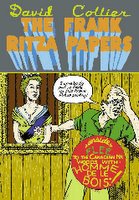
David Collier has always been one of the more eccentric folks in alternative comics (which is really saying something). Like an extremely knowledgeable tour guide with ADD, Collier's books zig and zag through his subjects of interest (autobiography, history, minor historical figures) that, at its best, fascinate and captivate and at worst, meander to unsatisfying conclusions.
Sadly, "The Frank Ritza Papers" falls in the latter category. The rather slim story involving the Collier family's new life in rural Canada and the discovery of an interesting local artist is interspersed with large chunks from his sketchbook. The result is a rather minor work that feels padded out to justify a higher price tag. Newcomers would be better off starting with some of Collier's earlier works, most notably "It's All True."
"In My Darkest Hour"
by Wilfred Santiago
Fantagraphics, 128 pages, $14.95.

Omar is, to put it lightly, a mess. Overweight, stuck in a dead-end job and manic depressive, he ends up thoroughly alienating his girlfriend. His clumsy attempts to pick up other women are nothing short of pathetic.
Unfortunately, this story is a mess as well. Santiago certainly knows his way around a pencil, not to mention PhotoShop, but his skills as a storyteller are severely lacking here. Panels seem overly crowded and the segues between Omar's inner visions and reality are jarring. To put a fine point on it, Santiago seems more interested in pulling off the occasional striking image than in creating a cohesive work.
"Baraka and Black Magic in Morocco"
by Rick Smith
Alternative Books, 128 pages, $14.95.
Travelogue comics seem to be all the rage these days. Last year saw the release of "Carnet de Voyage" and "A Few Perfect Hours." Now comes Rick Smith's ("Temporary," "Shuck Unmasked") autobiographical story of his travels with his wife, Tania, through Morocco in 2000.
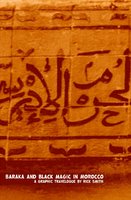
Smith does a good job capturing the frantic, seat-of-your-pants feel of trekking through an extremely foreign country with little more than a toothbrush. The constant negotiating, the heightened state of anxiety punctuated by rewarding moments are all well-realized.
On the downside, Smith simply isn't a strong enough draftsman yet to capture the Moroccan scenery effectively. Backgrounds are overly sparse and the Moroccan denizens seem over-caricatured if not downright crude. Like most travel stories, "Baraka" also suffers from lack of an overriding theme. It's just a story of the stuff that happened to Smith on his trip abroad. Interesting stuff to be sure, but not necessarily compelling.
"Miniburger: Dirty Dozen & the Lucky 13th"
Top Shelf Productions 312 pages, $18.

From the folks that produce Stripburger, a yearly anthology featuring work by Eastern European cartoonists, comes this boxed set of 13 24-page mini-comics. Artists from Korea and France are included in the package, giving the production an international feel. Past Stripburger collections were more than a tad lackluster, but this anthology is an improvement, in no small part due to its cute, creative packaging. Many of the comics offer gripping, dreamlike narratives or present a compelling art style that keep you entertained enough to reach for the next book. It's the art comics equivalent of popcorn.
Copyright The Patriot-News, 2005

